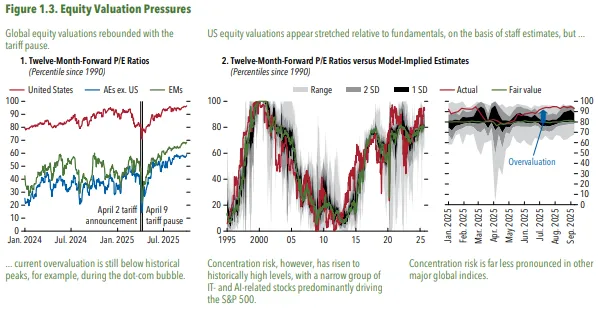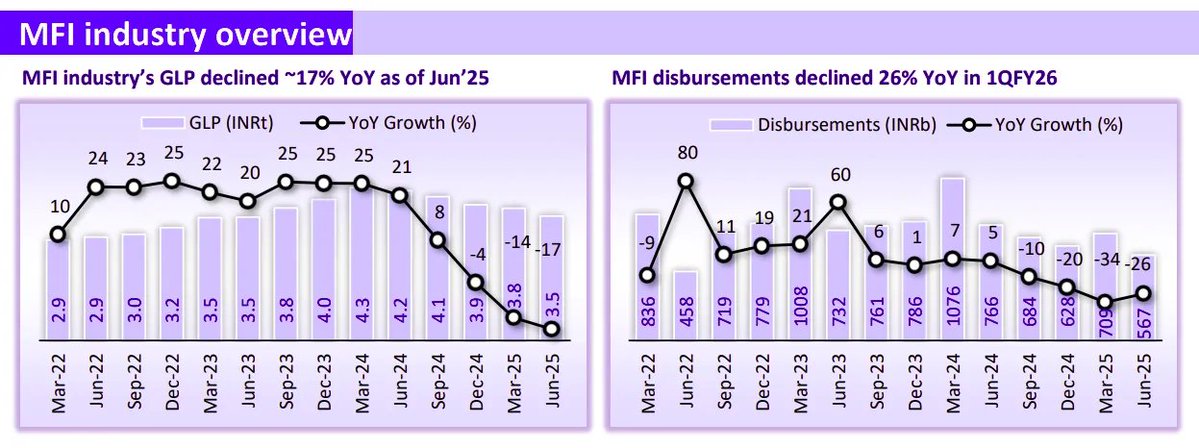
Your go-to place to understand what's happening in the Indian stock market and why. No drama, no nonsense — just insights.
9 subscribers
How to get URL link on X (Twitter) App

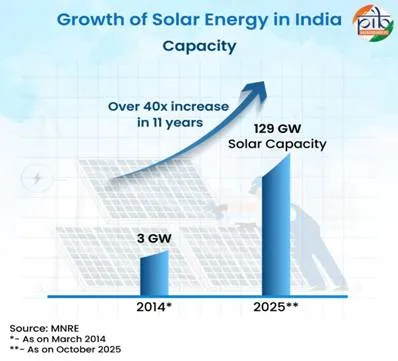


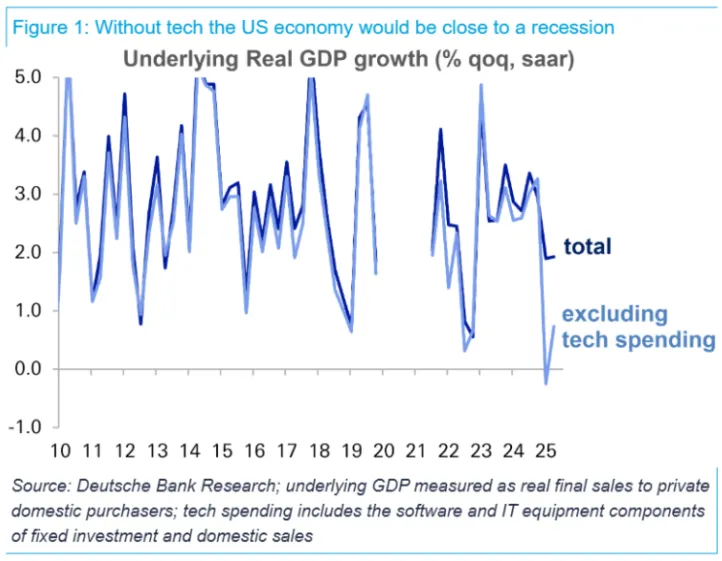




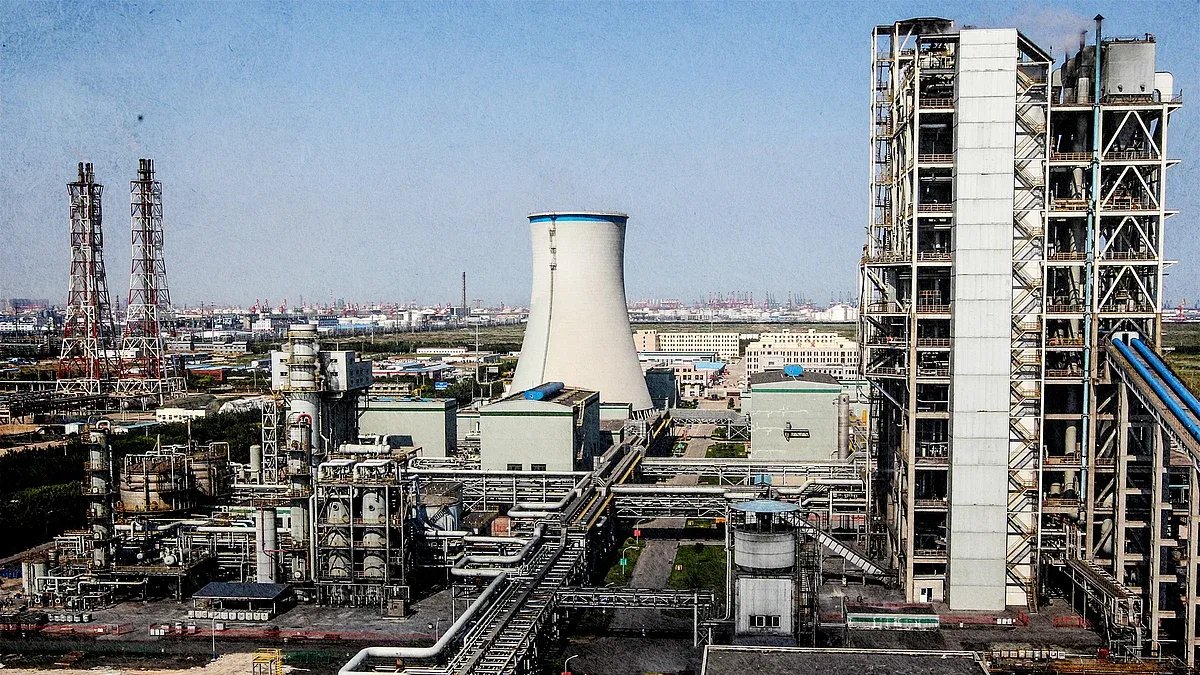




 Owning stock changes the unit economics. You don’t just earn a commission, you earn the full spread between buying price and selling price.
Owning stock changes the unit economics. You don’t just earn a commission, you earn the full spread between buying price and selling price.